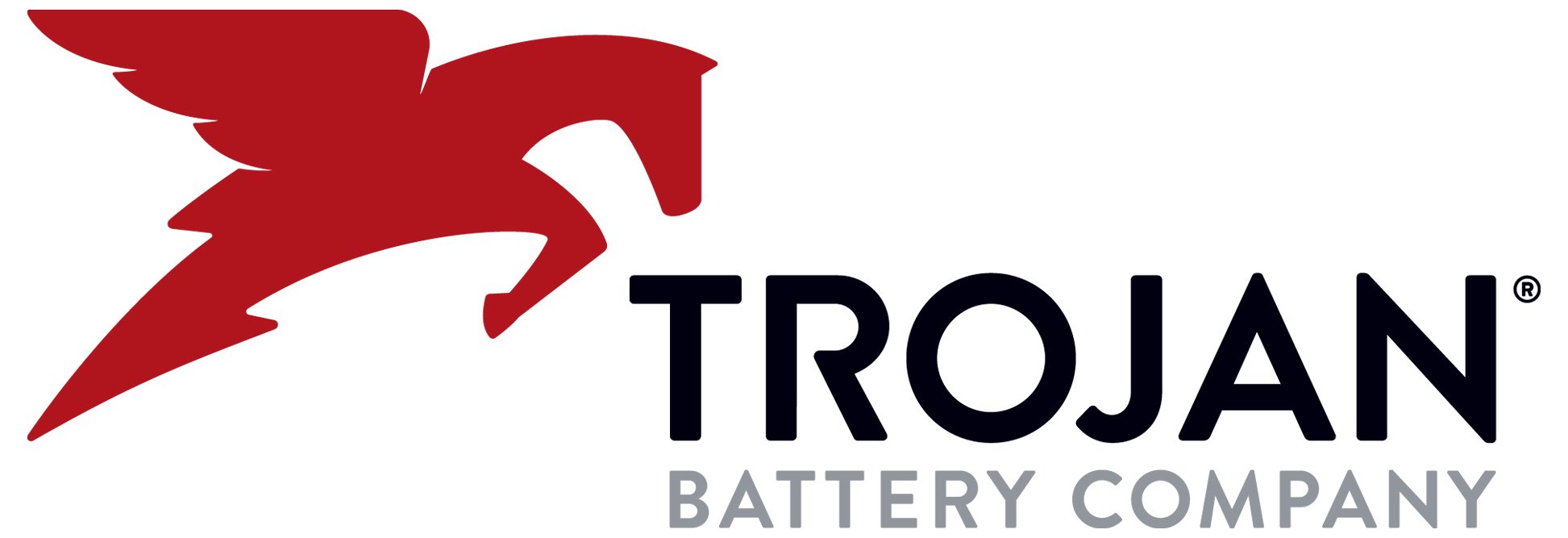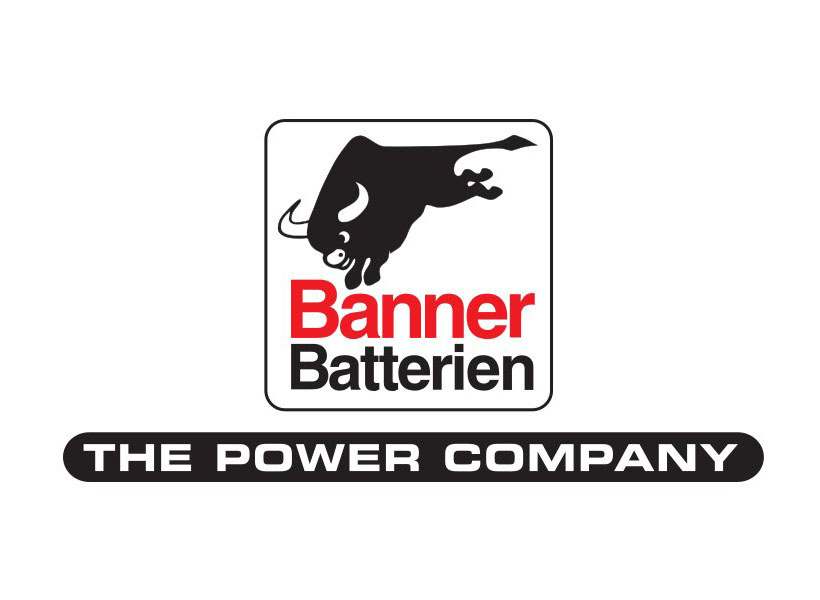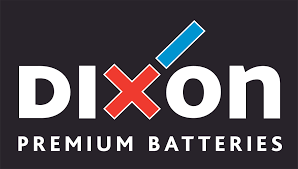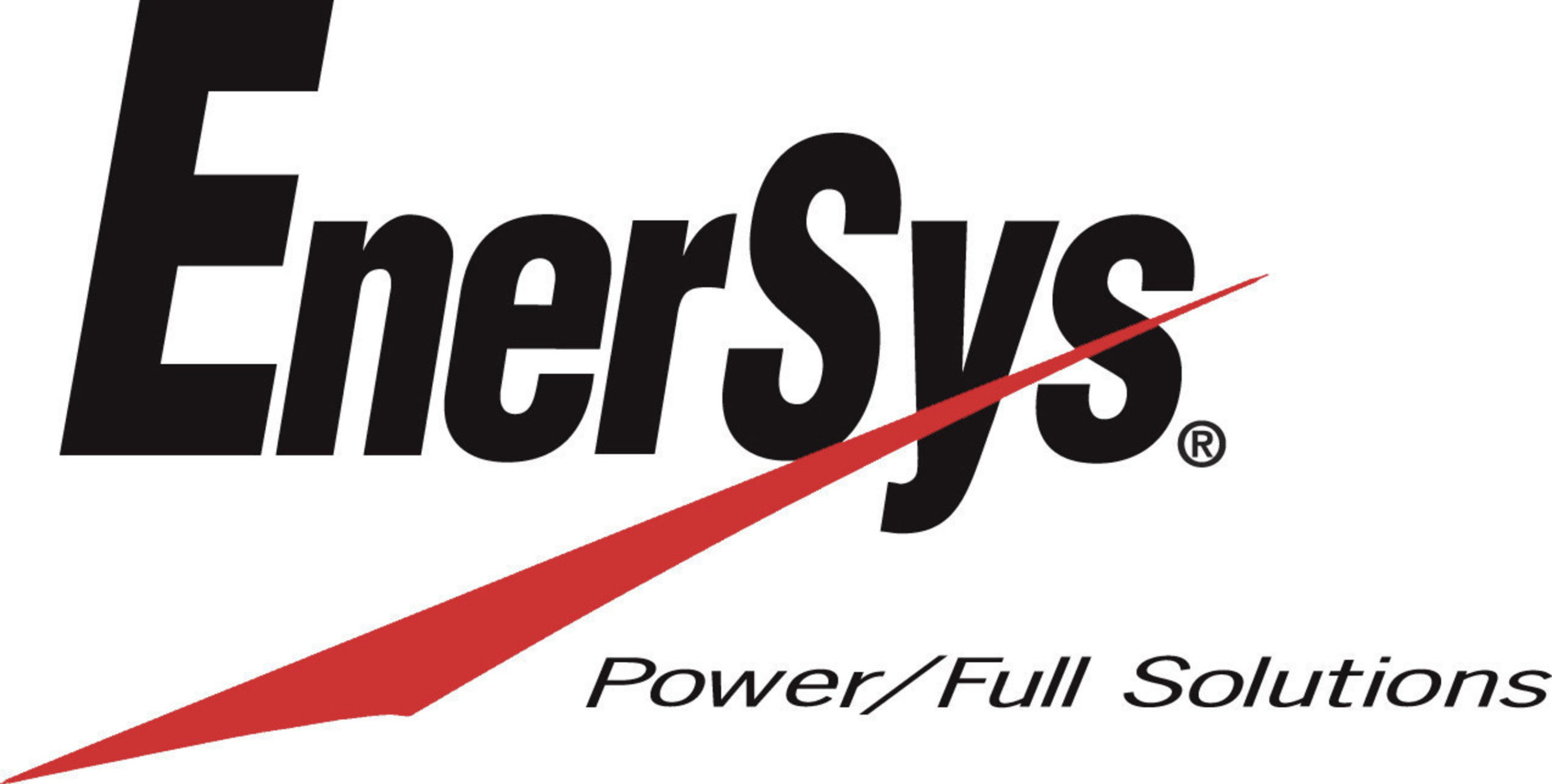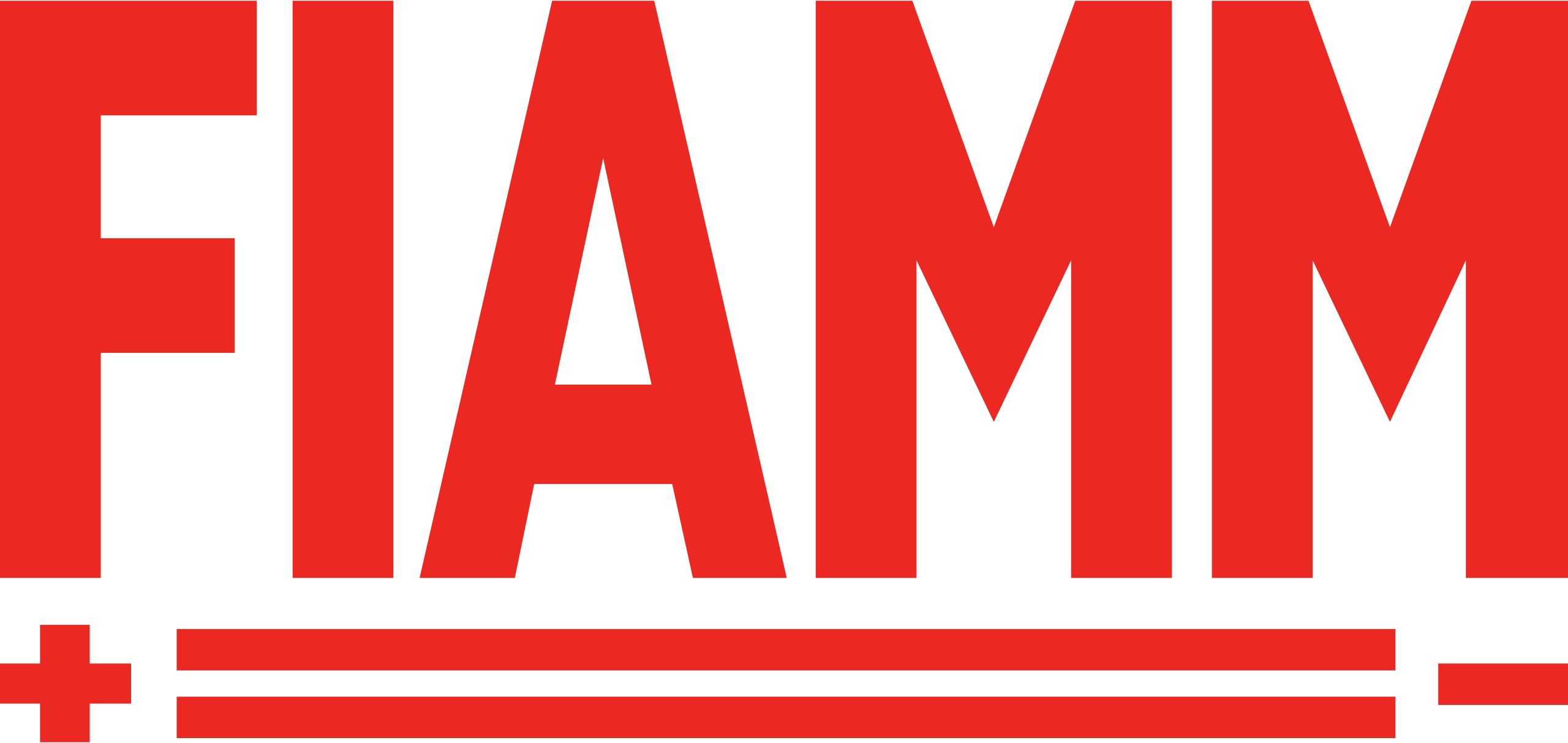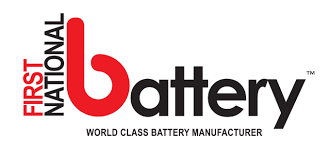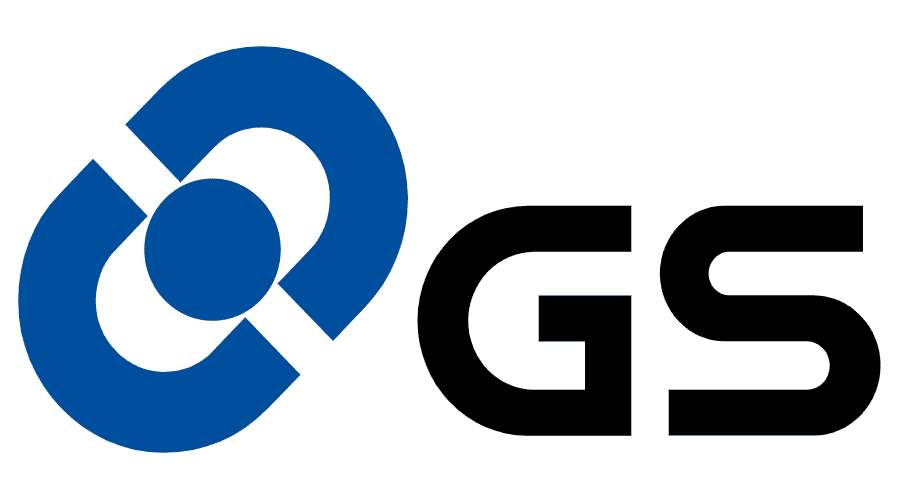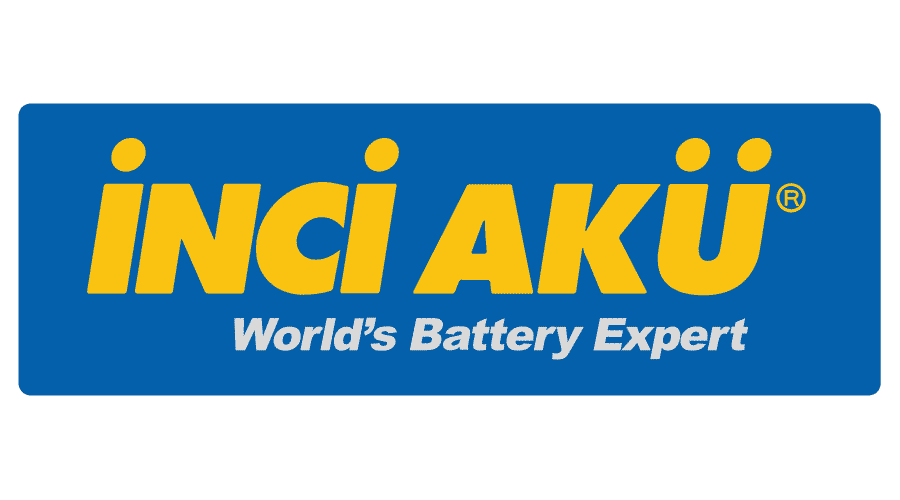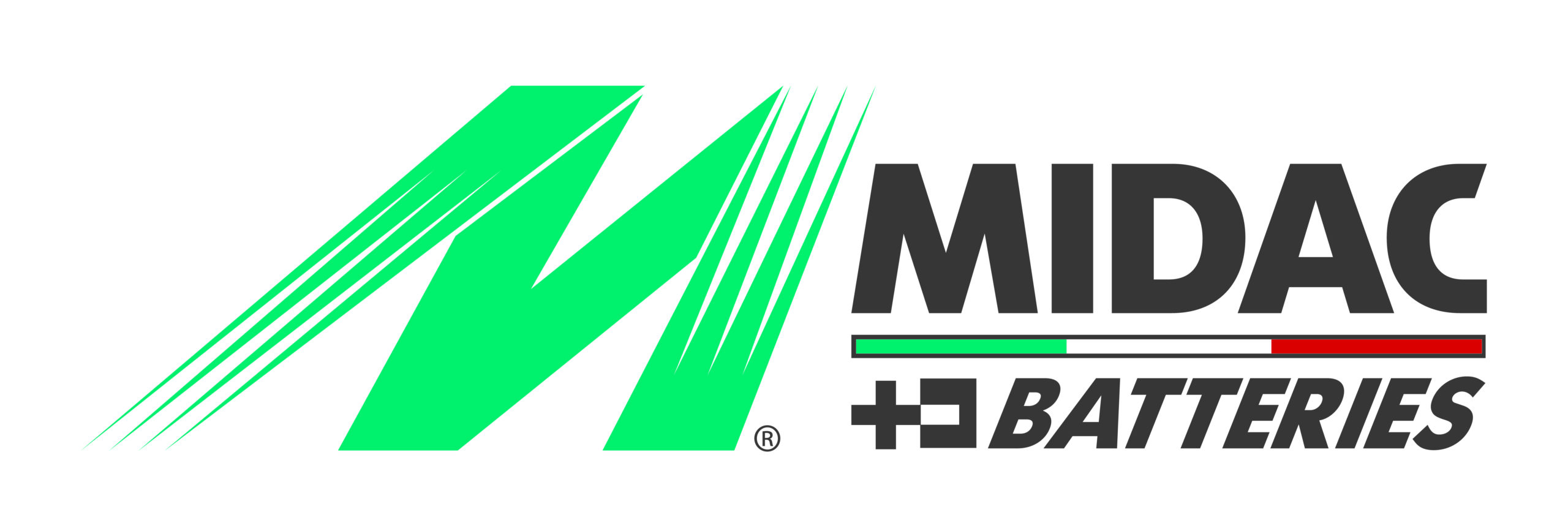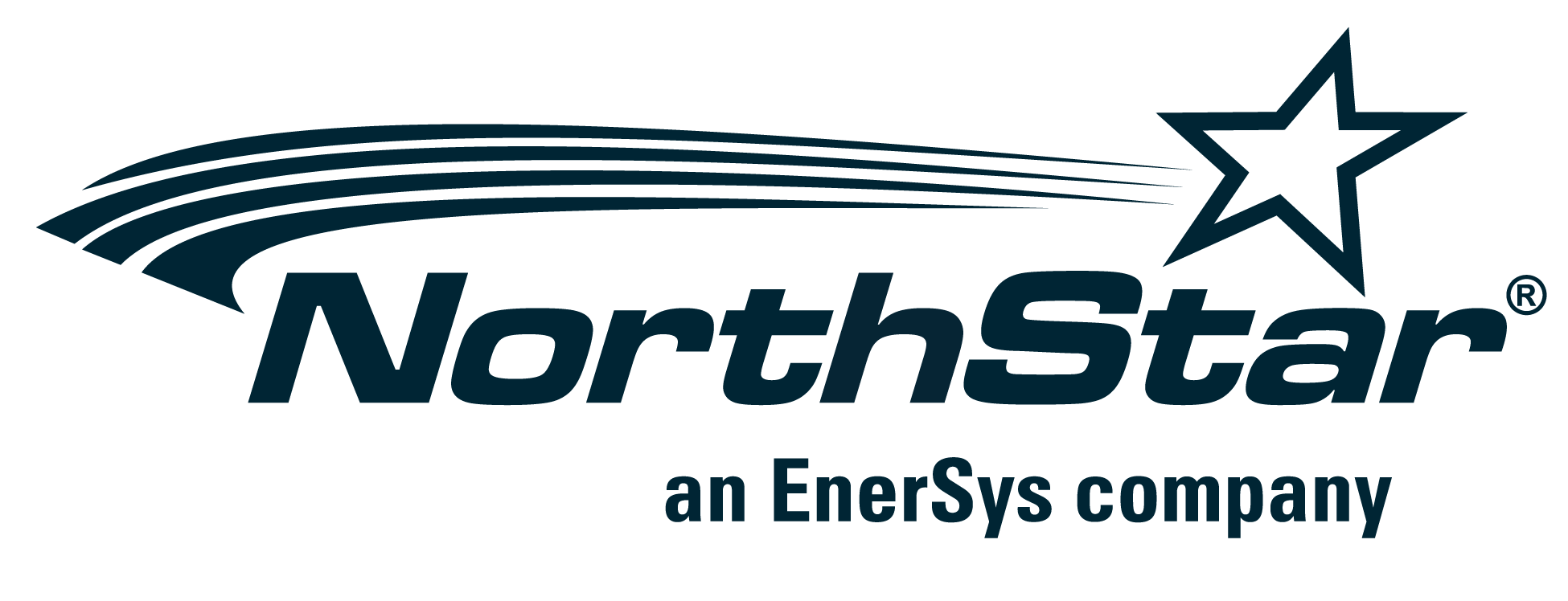
As the TBS Engineering Group launches its Positively Charged thought leadership campaign, Ray Kubis, Chairman of Gridtential Energy challenges perceptions of one of the most recycled and important products on the planet – the lead battery.
It’s rare that we stop and think about the batteries and energy storage that power our everyday lives. And why would we? They’ve been there for as long as we know.
Since 1859 when French physician Gaston Plante developed the lead-based battery, our lives have been transformed by it. Today lead based batteries are produced world-wide.
It’s a market that’s growing at double-digit rates. But what’s driving the increase? In simple terms, it’s us. As a society our energy consumption demand continues to rise and so too does the need for greater and more dynamic energy storage.
Batteries are an essential part of our everyday lives, from transportation to electricity augmented by solar and wind. And they’re a vital component to a cleaner and more efficient world.
We’ve seen huge advances in battery technologies in recent years, with the introduction of new chemistries and the advancement of others. New energy storage technology is helping the world in many ways, whether it’s a reduction in CO2 emissions, in fossil fuels or even in terms of the increased security of networks.
For this reason, and probably for the first time, we’re already discussing batteries in places you would have never thought ten years ago, with lithium and advanced lead being the two key platforms leading the charge.
Both have unique qualities, applications and their own parts to play in a greener, more efficient society. And both continue to make ‘performance enhancements’ driven by more dynamic requirements.
But where there are clear differences is in their recyclability and sustainability of materials. Advanced lead based batteries are a proven, tried and tested technology. Low in cost, safe and one of the most recycled products on the planet – 99 percent recycling
rate. Their sustainability credentials really are second to none.
Lead from a battery can be used time and time again to infinity and beyond. No other material is as complete in its recovery. In this context, it really is the world’s wonder metal.
We are absolutely recovering, recycling, and re-using all into ever-better batteries. It’s great for economics and the environment too.
Unlike other materials, such as plastics, lead can be refined and reused. There is no other material known that shares this attribute, not even aluminium. The world’s environmental issues would look very different if we could be as complete with other materials.
By contrast, lithium has a long way to go. Today less than 5 per cent of lithium batteries are recycled and zero of the lithium is reused. What’s more, most are not even recovered and end up in landfill, embedded in your laptop or phone. Others are sent to third world countries for disassembly and segregation, before they end up in landfill.

There are some recovery efforts and technologies being conceived and promised. And the good news is that the big car companies are launching some controlled return programmes.
Already there are three pilot recycling plants in the world – one in Ohio, one in Belgium and the other in Canada. But nonetheless, they are still only at the point of disassembling and disposing – not recovering the metals.
Can lithium ever be 100 percent recycled and reused? It’s a good question. But with so many constituents (up to 25 different materials, dependent on the battery type) to recover and segregate, it’s complicated. If it was easy, it would have already been done. At present, 0% per cent are being reused, so any improvement is progress.
It could be levelled that both lead and lithium chemistries have sustainability challenges to overcome: one perception-based, the other reality. In short, lithium has to find a way to become more widely recycled, while for the lead based battery its biggest challenge will be to overcome negative misconceptions around the use of lead and promote its unique green credentials, of which most people are completely unaware.
Both have a powerful role to play in the future and will have to work harder than ever before to meet ever-more dynamic requirements. Both are investing heavily in research and development and making huge technological advancements in performance and sustainability.
The race is on. But what’s clear to me is that the advanced lead based battery is something of an unsung hero. It’s low cost, and infinitely recyclable and reusable. For me this story is so unusual in our world today and should be widely recognised. Lead – in the context of the battery – is not such a dirty word after all.
In the meantime, as consumers, we can enjoy both types of battery for the power they bring to our everyday lives as we watch the battle unfold.





